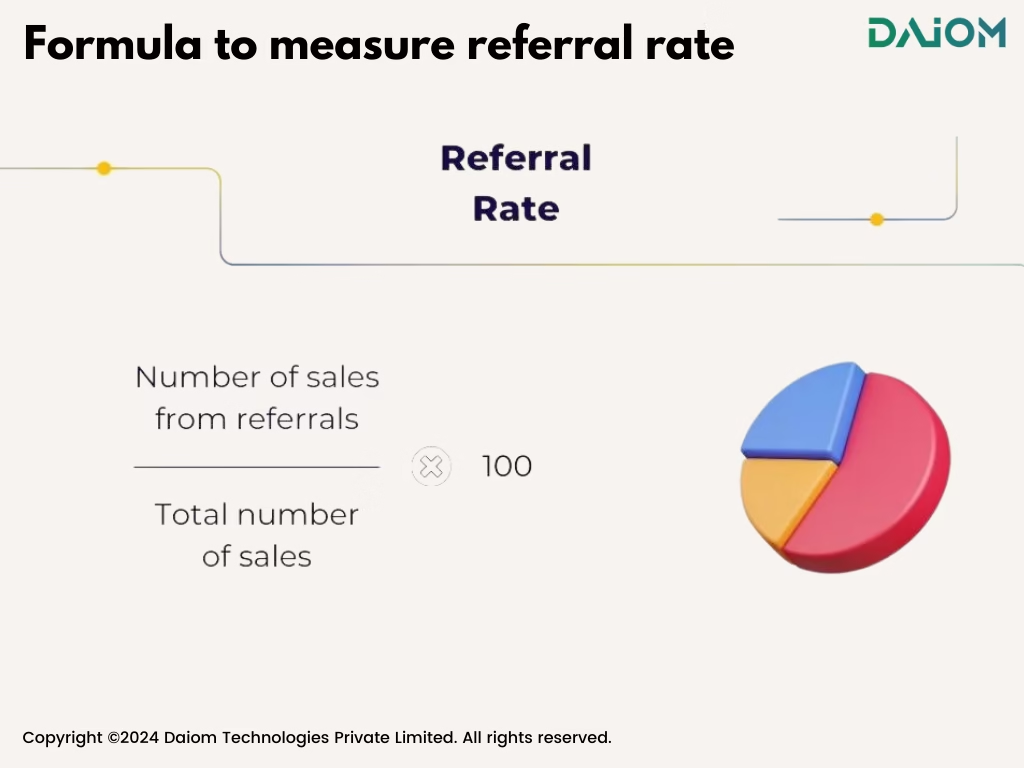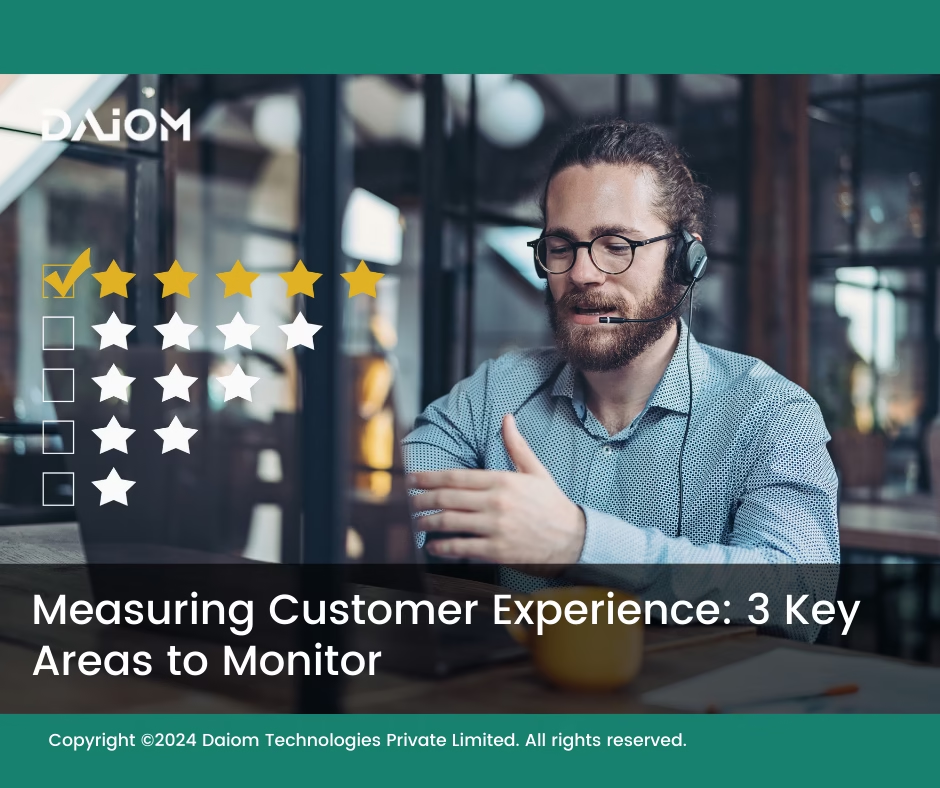Recently, I had the pleasure of hosting a panel on customer experience, where we discussed a key topic that many brands struggle with: how to measure customer experience effectively.
Read more – Who Leads the Way in CX? Insights from the Customer First Summit
It’s one thing to recognize the importance of a great customer experience, but how do you know if you’re actually delivering it? If you want to improve customer experience (CX), the first step is to understand how to track it. But there’s no general metric.
The challenge lies in knowing which metrics are the most valuable, how they should be interpreted, and how they can help your business make data-driven decisions that lead to better results.
So, during our discussion, we broke the topic down into three key areas, each providing valuable insights into customer behavior and expectations.
These areas cover everything from direct customer feedback to more long-term indicators of how well your CX efforts are driving growth.
In this blog, we will cover the three areas of customer experience metrics, offering a clear framework to help businesses measure and improve CX at every stage.
There’s no technology that can be ‘The Answer’ to a better customer experience in the absence of effective strategy and planning.
Brad Cleveland
Table of Contents

1. Direct Feedback from the Customer
The first area of customer experience metrics comes straight from the customer. This is where the customer directly tells the brand about their experience.
These are like traditional feedback tools like surveys and ratings, but they’re essential for understanding customer sentiment right after an interaction.
Read more – Strong Customer Experience is the Biggest Growth Driver
These direct metrics give immediate insights into how customers feel and whether their needs are being met in real-time. The KPI’s for collecting direct feedback include:
- NPS (Net Promoter Score): Measures customer loyalty by asking how likely customers are to recommend your product or service to others.
- CSAT (Customer Satisfaction Score): Assesses customer satisfaction with a specific interaction or purchase.
- CES (Customer Effort Score): Evaluates the ease of experience customers have when interacting with your company or resolving an issue.

1.1. Net Promoter Score (NPS)
NPS is one of the most common and powerful metrics used to measure customer loyalty. It asks a simple question: “On a scale of 1 to 10, how likely are you to recommend our product or service to a friend or colleague?”
The beauty of this metric lies in its simplicity and clarity.
It categorizes customers into three groups: promoters (9-10), passives (7-8), and detractors (0-6). The difference between the percentage of promoters and detractors gives you your NPS.

A high NPS score means that your customers are not only satisfied but are also actively advocating for your brand.
1.2. Customer Satisfaction (CSAT)
CSAT is another important metric that tracks how satisfied a customer is after an interaction with your product or service.
Typically, CSAT is measured on a scale of 1-5 or 1-10, where customers rate their satisfaction with a recent experience.

It helps you understand if your customer service team resolved the issue efficiently, or if the customer had a smooth purchase experience.
1.3. Customer Effort Score (CES)
3. A relatively new metric, CES measures how easy or difficult it was for a customer to get their issue resolved. It’s a great way to track customer frustration—if your customers are spending too much time or energy solving a problem, it’s a sign that there are inefficiencies in your service process.
A 2022 report by Salesforce says that 88% of customers care about how EASY a company makes things just as much as they care about the products or services.
Read More – Stuck with Negative Reviews on Social Media? Customer Effort Score is what you need!

2. Listening to the Customer in Public Platforms
While direct feedback is valuable, there is much information available when you start listening to what your customers are saying on public platforms.
This level of CX measurement is about observing customer sentiment across reviews, ratings, and social media.
Customers may not always tell you directly, but they will often express their feelings in these public forums through:
- Review Scores: Average rating on Google
- Sentiment Analysis Score: Aggregated positive, neutral, and negative sentiment percentages from social media and reviews.
- Engagement Metrics: Number of mentions, likes, shares, and comments related to customer feedback on public platforms.
2.1. Reviews and Ratings
The first part of this is customer reviews, which can be found on platforms like Google, Yelp, or the App Store. These reviews are often what prospective customers use to decide if they want to buy from you.
By monitoring reviews and ratings, you can understand how customers perceive your brand and identify areas of improvement. Positive reviews show you what’s working, while negative ones highlight issues you may need to address.

2.2. Social Media and Sentiment Analysis
The second aspect is social media, where customers frequently share their experiences—whether good or bad. Platforms like Twitter, Instagram, and Facebook allow customers to voice their opinions about your brand, sometimes without tagging you directly.
Sentiment analysis can help track how customers are talking about your brand and what their overall emotions are toward your products or services. Positive posts indicate brand loyalty, while negative posts suggest areas for improvement.

By using tools that track sentiment and analyze public feedback, you can get a real-time pulse on your customer experience across multiple channels. It’s also a more passive form of listening—your customers are sharing their thoughts, and you’re there to catch them.
3. Customer Experience Driving Business Growth
The final level of customer experience measurement is more long-term and ties CX directly to business outcomes.
In other words, customer experience should result in tangible growth for your brand. The most effective companies track the impact of CX on their bottom line, which can be seen in customer retention, repeat purchases, and customer referrals.
3.1. Organic Revenue Share
One of the most powerful indicators of good customer experience is the organic revenue contribution of the total revenue. This is the revenue that comes from existing customers who keep coming back and word of mouth marketing by these loyalists, without needing to be constantly acquired through new marketing efforts.
Organic revenue share represents the percentage of total revenue generated from organic sources, such as direct traffic, referrals, and unpaid search, as opposed to paid advertising.
Organic Revenue Share = (Organic Revenue / Total Revenue) * 100.
If customers are satisfied with your brand and its offerings, they are more likely to continue purchasing from you and advocate to others, and this results in steady, organic revenue.
3.2. Customer Retention
Customer retention is another key metric tied to customer experience. If your customers keep coming back, it’s a sign that they are happy with your service, product, and overall experience.
Customer retention, specifically the repeat purchase ratio, measures the proportion of customers who make repeat purchases, indicating how effectively a business retains its customers.
Repeat Purchase Ratio = Number of Returning Customers / Number of Total Customers.

Retention rates are a great way to measure how well you’re maintaining customer satisfaction over time. The more customers you can retain, the lower your customer acquisition costs will be, and the more profit you’ll see in the long term.
Read More – The Ultimate Guide To Customer Retention Marketing Tools
3.3. Customer Referral Rate
Referral Rate = (Number of purchases from referrals / Total number of purchases) × 100.

The best advertising you can have is a loyal customer spreading the word about how incredible your business is.
Shep Hyken
4. Wrapping Up
Measuring customer experience is about looking at different levels of interaction and feedback. Start with direct feedback—NPS, CSAT, and CES—because they help you understand how customers feel immediately after interacting with your brand.
Then, look at what customers are saying in public forums, such as reviews and social media, to get a broader sense of sentiment.
Finally, track how customer experience impacts your business growth through metrics like organic revenue, retention, and referrals.
By covering all three areas, you can ensure that your brand is always improving and growing in line with customer expectations.
Ultimately, great customer experience is about building trust and loyalty. And when you get it right, your customers will reward you with their continued business and advocacy.
If you’d like to discuss how we can help enhance your customer retention and optimize your strategies, we’d be happy to set up a consultation call. Feel free to reach out to us at alibha@daiom.in
For more informative content and blog, follow and stay tuned to DAiOM.
Subscribe to our NEWSLETTER!


